Home>Technology>Home Entertainment Systems>How To View Slides Without A Projector
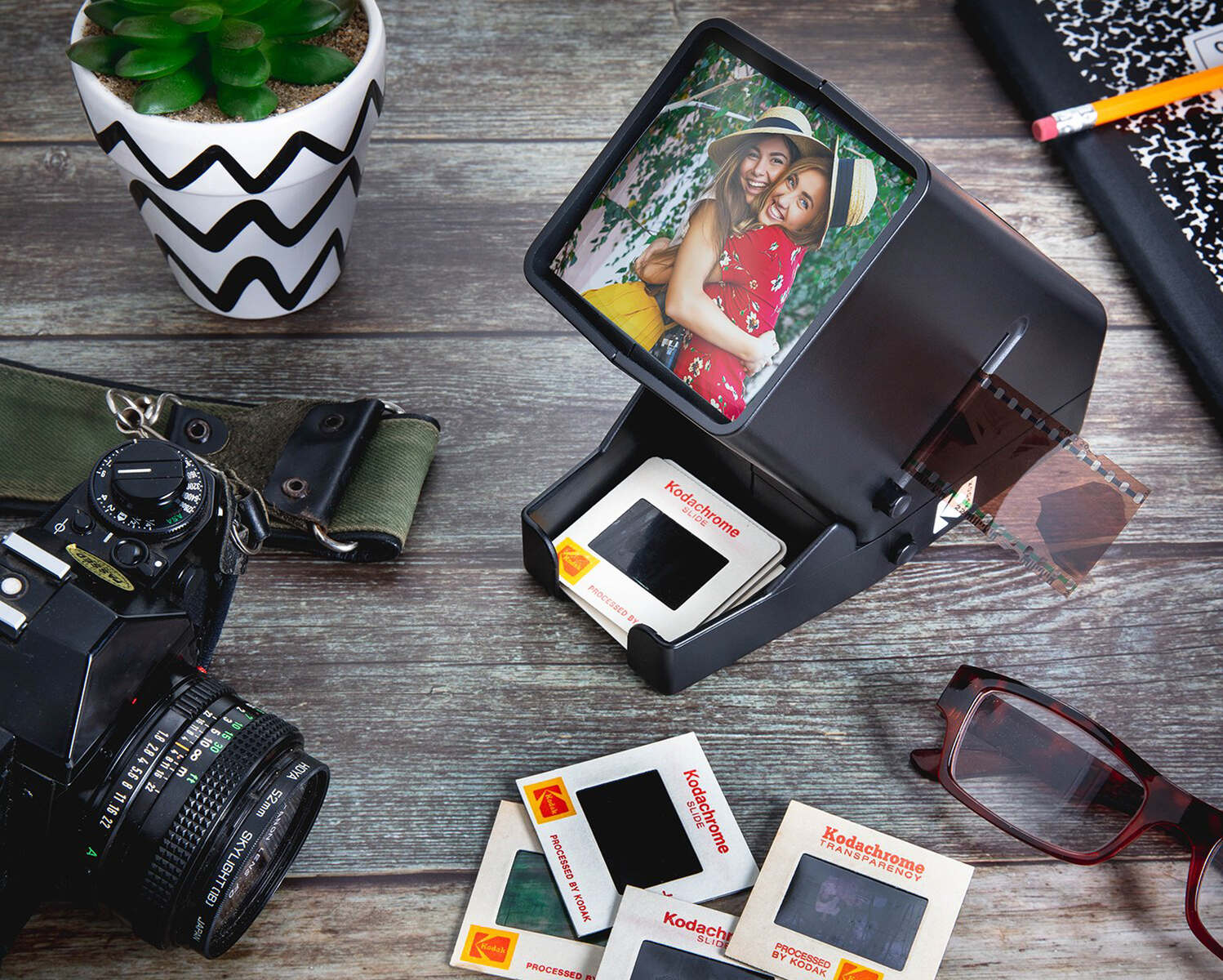

Home Entertainment Systems
How To View Slides Without A Projector
Published: December 30, 2023
Learn how to enjoy your home entertainment system without a projector. Discover alternative ways to view slides and enhance your viewing experience. Ideal for home entertainment enthusiasts.
(Many of the links in this article redirect to a specific reviewed product. Your purchase of these products through affiliate links helps to generate commission for Storables.com, at no extra cost. Learn more)
Introduction
Welcome to the age of versatility, where the traditional boundaries of technology are constantly being pushed. In the realm of home entertainment systems, the concept of viewing slides without a projector has evolved from a distant possibility to a convenient reality. This guide will take you through various methods of achieving this feat, providing you with the flexibility to showcase your presentations or media content without the need for a bulky projector.
Whether you’re a professional seeking alternative display options, a student aiming to deliver a compelling presentation, or simply an individual looking to enjoy visual content on a larger screen, the following methods offer practical solutions that cater to a diverse range of needs. From utilizing computer monitors and televisions to harnessing the power of smartphones, tablets, and portable projectors, this article will equip you with the knowledge to seamlessly view slides without the constraints of a traditional projector setup.
Join us on this journey as we explore the innovative ways in which modern technology enables the seamless display of slides, transforming your viewing experience and expanding the possibilities of home entertainment systems.
Key Takeaways:
- Embrace modern technology by using your computer monitor or television to view slides without a projector. Enjoy a larger and more immersive viewing experience with vibrant colors and adjustable settings.
- Take your presentations to the next level by harnessing the power of smartphones, tablets, or portable projectors for seamless and impactful visual displays. Enjoy the flexibility and convenience of showcasing your content in diverse settings.
Read more: How To View 8mm Film Without A Projector
Using a Computer Monitor
One of the most accessible and straightforward methods to view slides without a projector is by utilizing a computer monitor. Whether you’re working from home, in an office environment, or simply seeking a convenient display solution, your computer monitor can serve as an effective alternative to a traditional projector.
To begin, ensure that your computer is equipped with the necessary video output ports, such as HDMI, DisplayPort, or VGA. Most modern computers and laptops are equipped with HDMI ports, allowing for seamless connectivity to external displays. Once you’ve identified the appropriate video output port on your computer, simply connect it to the corresponding input port on your computer monitor using the relevant cable.
Upon establishing the physical connection, adjust the display settings on your computer to extend or duplicate the screen onto the monitor. This can typically be achieved by accessing the display settings within your computer’s operating system, such as Windows or macOS. By extending the display, you effectively create an additional screen for showcasing your slides, providing a larger and more immersive viewing experience.
Furthermore, modern computer monitors often boast high resolutions, vibrant colors, and adjustable settings, allowing you to tailor the display to your specific preferences. Whether you’re delivering a professional presentation, enjoying multimedia content, or engaging in creative endeavors, the versatility of a computer monitor ensures that your slides are showcased with clarity and precision.
Additionally, the flexibility of a computer monitor enables seamless integration with various devices, including laptops, desktop computers, and even certain mobile devices. This adaptability ensures that you can effortlessly transition between different sources of content, expanding the utility of your computer monitor beyond traditional computing tasks.
By harnessing the power of your computer monitor, you can elevate your slide viewing experience, embracing a versatile and user-friendly alternative to traditional projectors.
Using a Television
When it comes to viewing slides without a projector, leveraging the capabilities of a television offers a compelling and immersive display solution. Whether you’re hosting a gathering, conducting a professional presentation, or simply seeking a larger canvas for your visual content, a television serves as a versatile and accessible alternative to traditional projection systems.
To begin, identify the available input ports on your television, which commonly include HDMI, composite, component, and VGA inputs. The widespread adoption of HDMI in modern televisions ensures seamless compatibility with a wide range of devices, including computers, laptops, media players, and smartphones.
Once you’ve identified the appropriate input port on your television, establish a physical connection by using the corresponding cable to link your source device to the television. Whether it’s a laptop, desktop computer, or media player, the process of connecting to a television is straightforward and typically requires minimal setup.
Upon establishing the connection, navigate to the input source on your television, ensuring that it corresponds to the input port used for your device. This step is crucial for enabling the television to receive and display the content from your source device, effectively transforming the television into a large-scale display for your slides.
Furthermore, modern televisions are equipped with advanced display technologies, including high resolutions, vibrant color reproduction, and adjustable picture settings. These features contribute to a visually captivating experience, ensuring that your slides are showcased with clarity and impact.
Moreover, the audio capabilities of televisions enhance the overall presentation, providing immersive sound reinforcement to complement the visual content. Whether you’re incorporating multimedia elements into your slides or delivering a dynamic presentation, the audio-visual synergy offered by a television elevates the viewing experience to new heights.
By harnessing the power of a television, you can seamlessly transition from traditional projector setups to a modern, versatile, and visually stunning display solution, expanding the possibilities of home entertainment systems and professional presentations alike.
If you don’t have a projector, you can view slides by using a large computer monitor or TV screen. Simply connect your device to the screen using an HDMI cable or a wireless screen mirroring option.
Using a Smartphone or Tablet
In today’s interconnected world, the ubiquity of smartphones and tablets has revolutionized the way we consume and share content. When it comes to viewing slides without a projector, harnessing the capabilities of a smartphone or tablet offers a portable, convenient, and versatile solution that caters to a wide range of scenarios.
To begin, ensure that your smartphone or tablet is equipped with the necessary output capabilities, such as screen mirroring or video output via a compatible cable or adapter. Many modern smartphones and tablets support wireless screen mirroring technologies, allowing for seamless connectivity to compatible displays, including televisions and monitors equipped with mirroring capabilities.
If wireless screen mirroring is not available, consider utilizing a compatible cable or adapter to establish a physical connection between your smartphone or tablet and the display device, such as a television or computer monitor. This approach provides a reliable and direct method of showcasing your slides on a larger screen, leveraging the display capabilities of your smartphone or tablet.
Once the connection is established, navigate to the screen mirroring or output settings on your smartphone or tablet, initiating the display mirroring process to project your slides onto the connected display device. This intuitive process seamlessly extends the visual content from your smartphone or tablet to the larger screen, transforming the viewing experience and enhancing the impact of your slides.
Furthermore, the portability and versatility of smartphones and tablets empower you to deliver presentations, share multimedia content, or engage in creative endeavors from virtually any location. Whether you’re in a professional setting, educational environment, or casual gathering, the ability to leverage your smartphone or tablet as a display source offers unparalleled flexibility and convenience.
Additionally, the advanced display technologies inherent in modern smartphones and tablets, including high resolutions, vibrant colors, and touch-screen interactivity, ensure that your slides are showcased with precision and visual appeal. This seamless integration of portable devices with larger display solutions opens up new possibilities for sharing content and engaging audiences in diverse settings.
By harnessing the power of your smartphone or tablet, you can transcend the limitations of traditional projectors, embracing a dynamic and portable approach to viewing slides that aligns with the modern demands of connectivity, mobility, and visual excellence.
Using a Portable Projector
Portable projectors have emerged as versatile and compact solutions for displaying slides without the constraints of traditional, fixed projection setups. Whether you’re on the go, hosting an outdoor event, or seeking a flexible display option, a portable projector offers a convenient and adaptable approach to showcasing your visual content in various environments.
One of the key advantages of portable projectors is their compact form factor, which enables effortless mobility and setup. These projectors are designed to be lightweight and portable, making them ideal for individuals who require a flexible display solution without the bulk and complexity associated with traditional projectors.
To utilize a portable projector for viewing slides, begin by connecting your source device, such as a laptop, smartphone, or tablet, to the projector using the appropriate cable or wireless connectivity method. Many modern portable projectors support wireless screen mirroring, enabling seamless integration with a wide range of devices without the need for physical cables.
Once the connection is established, position the portable projector in a suitable location, ensuring that the projection surface is conducive to clear and impactful viewing. The versatility of portable projectors allows you to adapt to various environments, including indoor spaces, outdoor settings, and impromptu presentation venues.
Furthermore, the advanced display capabilities of portable projectors, including high resolutions, vibrant color reproduction, and adjustable projection settings, ensure that your slides are showcased with clarity and visual impact. These projectors are designed to deliver compelling visual experiences, whether you’re delivering a professional presentation, sharing multimedia content, or engaging in creative endeavors.
Moreover, the portability and versatility of these projectors empower you to transform any space into a dynamic presentation area, providing flexibility and adaptability for diverse viewing scenarios. Whether you’re conducting business meetings, educational sessions, or entertainment events, the portability of these projectors ensures that you can deliver captivating visual content with ease.
By harnessing the power of a portable projector, you can transcend the limitations of traditional projection systems, embracing a portable, versatile, and visually captivating approach to viewing slides that aligns with the modern demands of mobility, flexibility, and impactful presentations.
Read more: How To Make Slides For A Projector
Conclusion
As technology continues to evolve, the traditional boundaries of viewing slides without a projector have been redefined, offering a myriad of innovative and versatile solutions. From leveraging the display capabilities of computer monitors and televisions to harnessing the portability of smartphones, tablets, and portable projectors, the options for showcasing visual content have expanded, providing flexibility and convenience for diverse viewing scenarios.
By embracing these alternative display methods, individuals and professionals alike can seamlessly transition from traditional projector setups to modern, adaptable, and visually stunning solutions. Whether it’s delivering impactful presentations, sharing multimedia content, or engaging in creative endeavors, the versatility of these display options ensures that slides are showcased with precision, clarity, and visual appeal.
Furthermore, the seamless integration of these methods with a wide range of devices, including computers, smartphones, and tablets, underscores the interconnected nature of modern technology, empowering individuals to share content and engage audiences in diverse settings.
As we navigate the dynamic landscape of home entertainment systems and professional presentations, the ability to view slides without a projector represents a convergence of innovation, mobility, and visual excellence. This evolution in display technology opens up new possibilities for individuals and professionals to elevate their viewing experiences, transcending the limitations of traditional projection systems and embracing a future defined by flexibility, impact, and seamless connectivity.
Whether you’re in a professional environment, educational setting, or casual gathering, the methods outlined in this guide offer practical and accessible solutions that cater to a wide range of needs, empowering you to transform any space into a dynamic presentation area with ease and sophistication.
Embrace the possibilities of modern technology, and embark on a journey where the boundaries of traditional projection systems are surpassed, and the immersive world of visual content comes to life in captivating and versatile ways.
Frequently Asked Questions about How To View Slides Without A Projector
Was this page helpful?
At Storables.com, we guarantee accurate and reliable information. Our content, validated by Expert Board Contributors, is crafted following stringent Editorial Policies. We're committed to providing you with well-researched, expert-backed insights for all your informational needs.
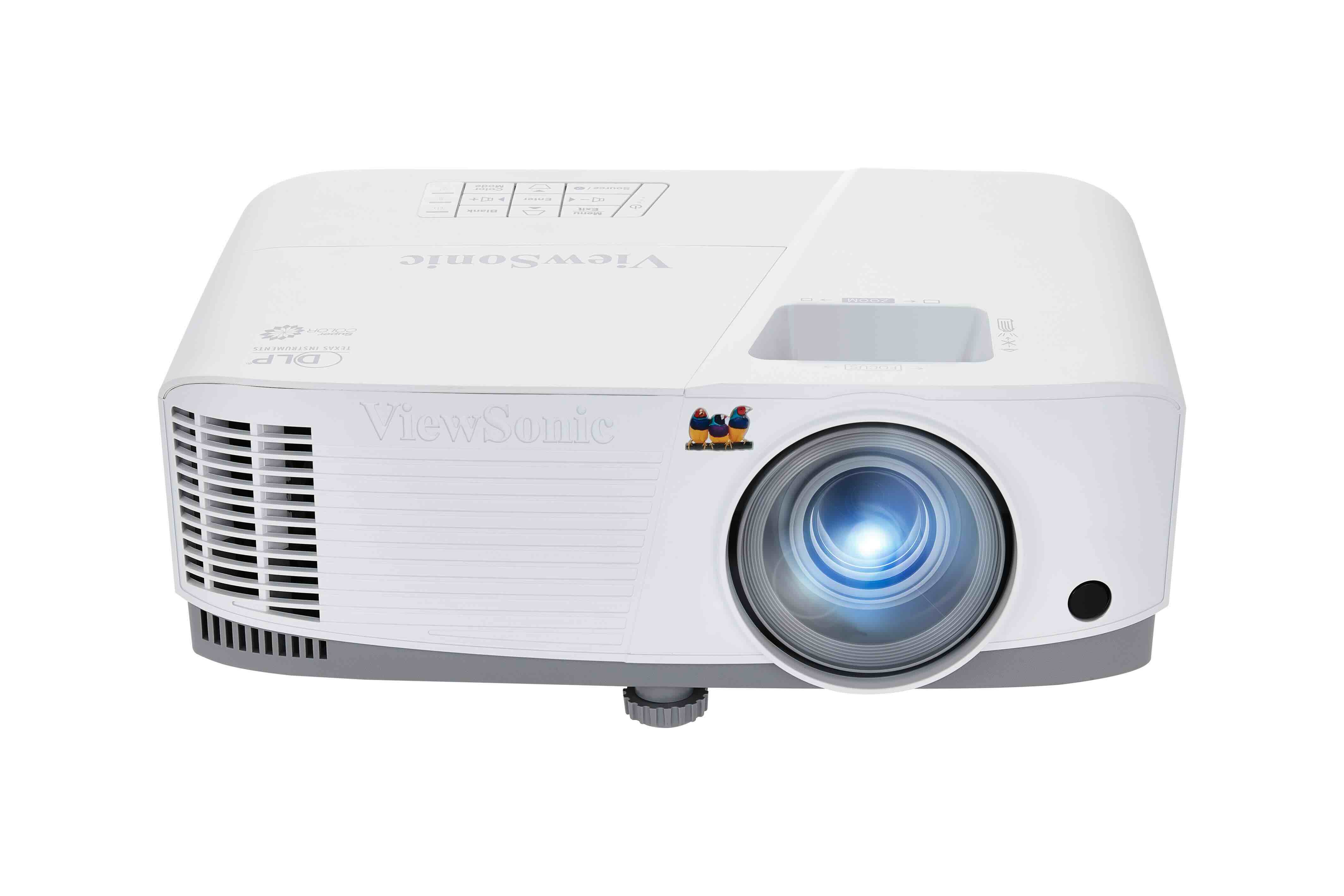
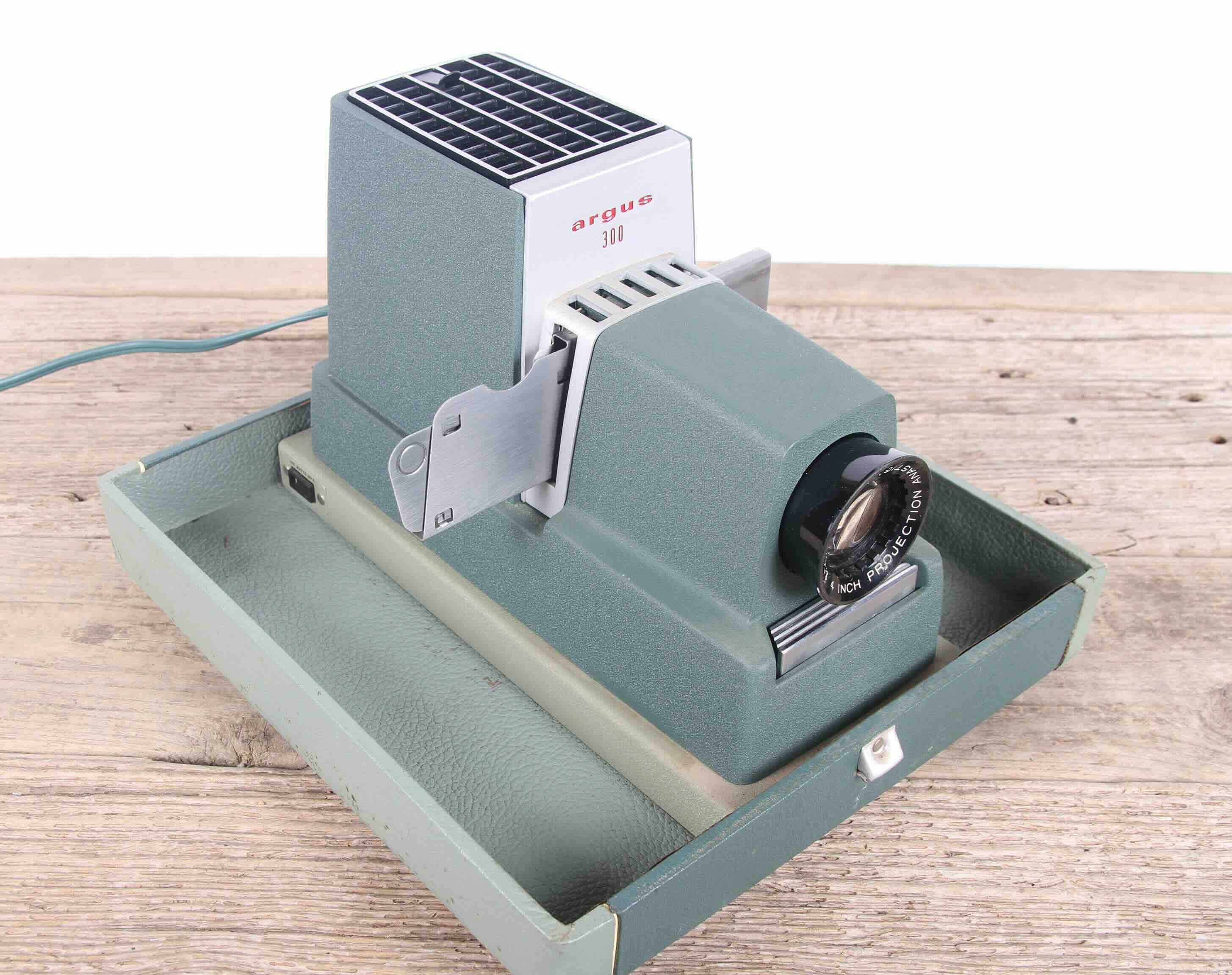
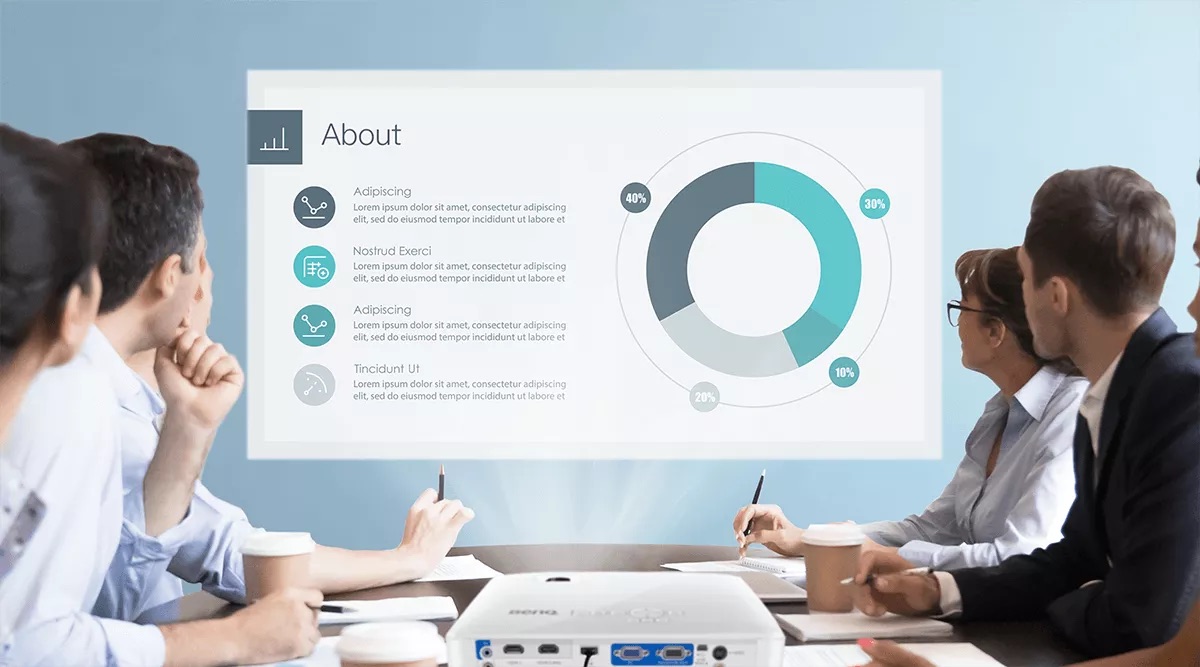
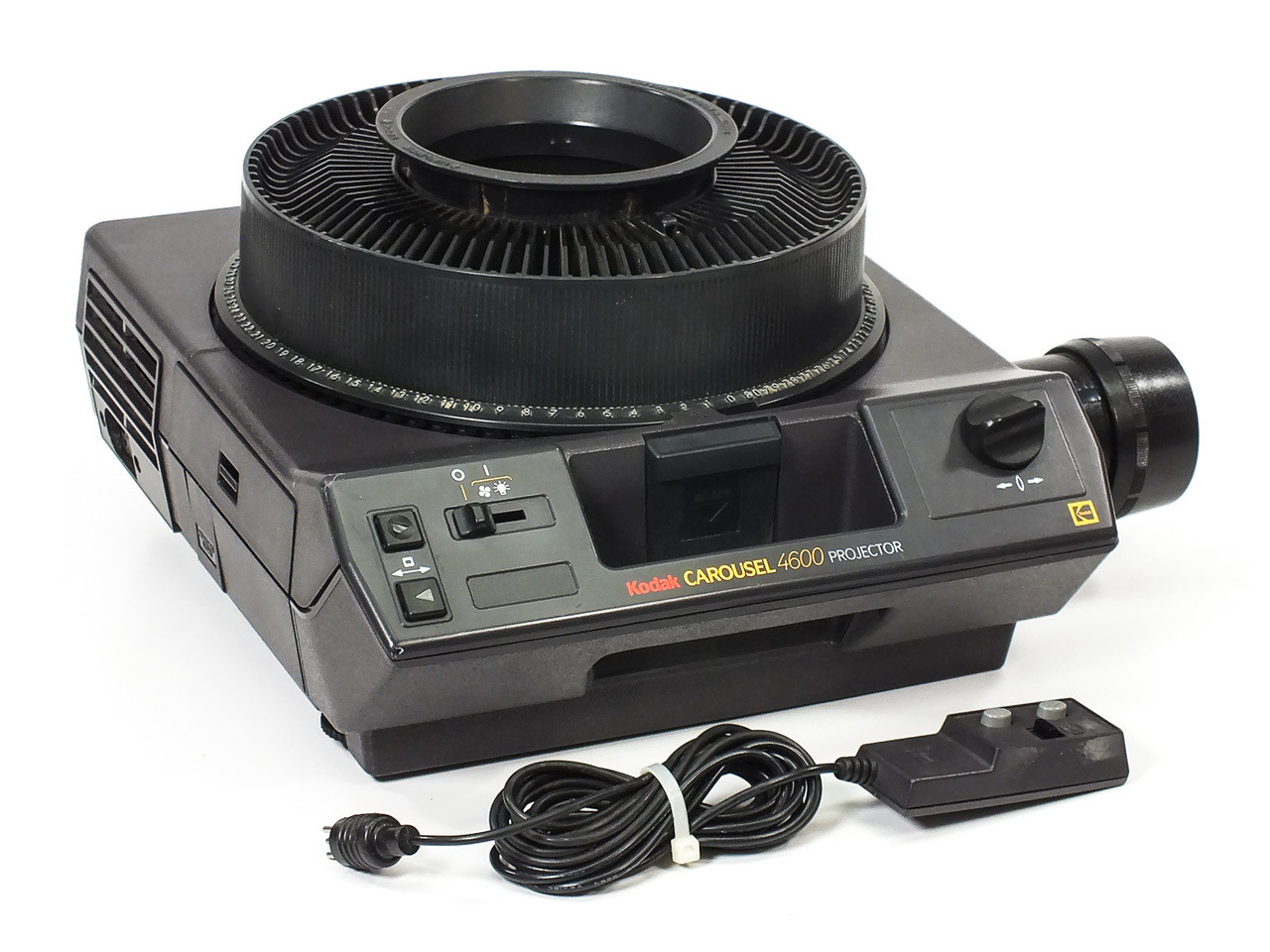
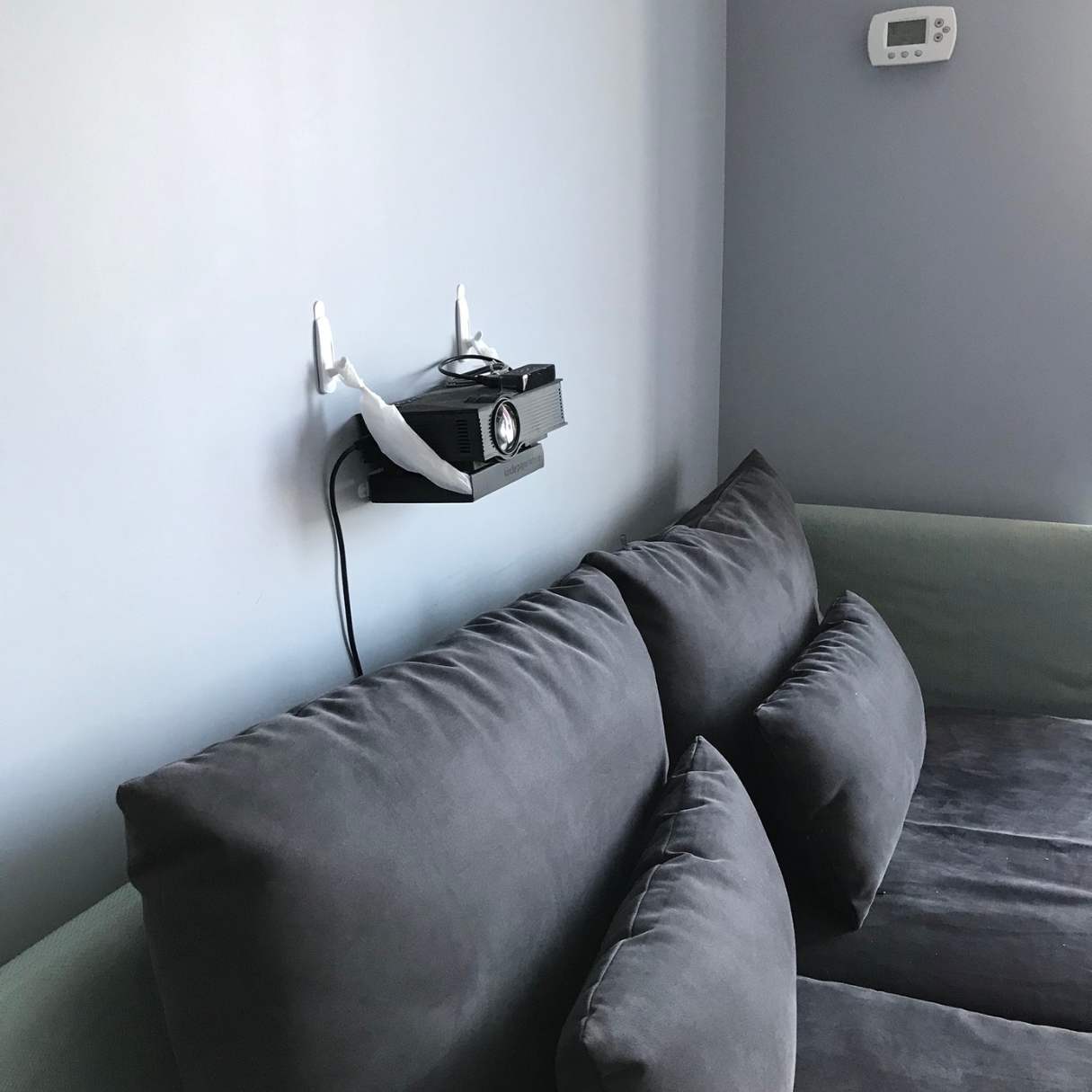
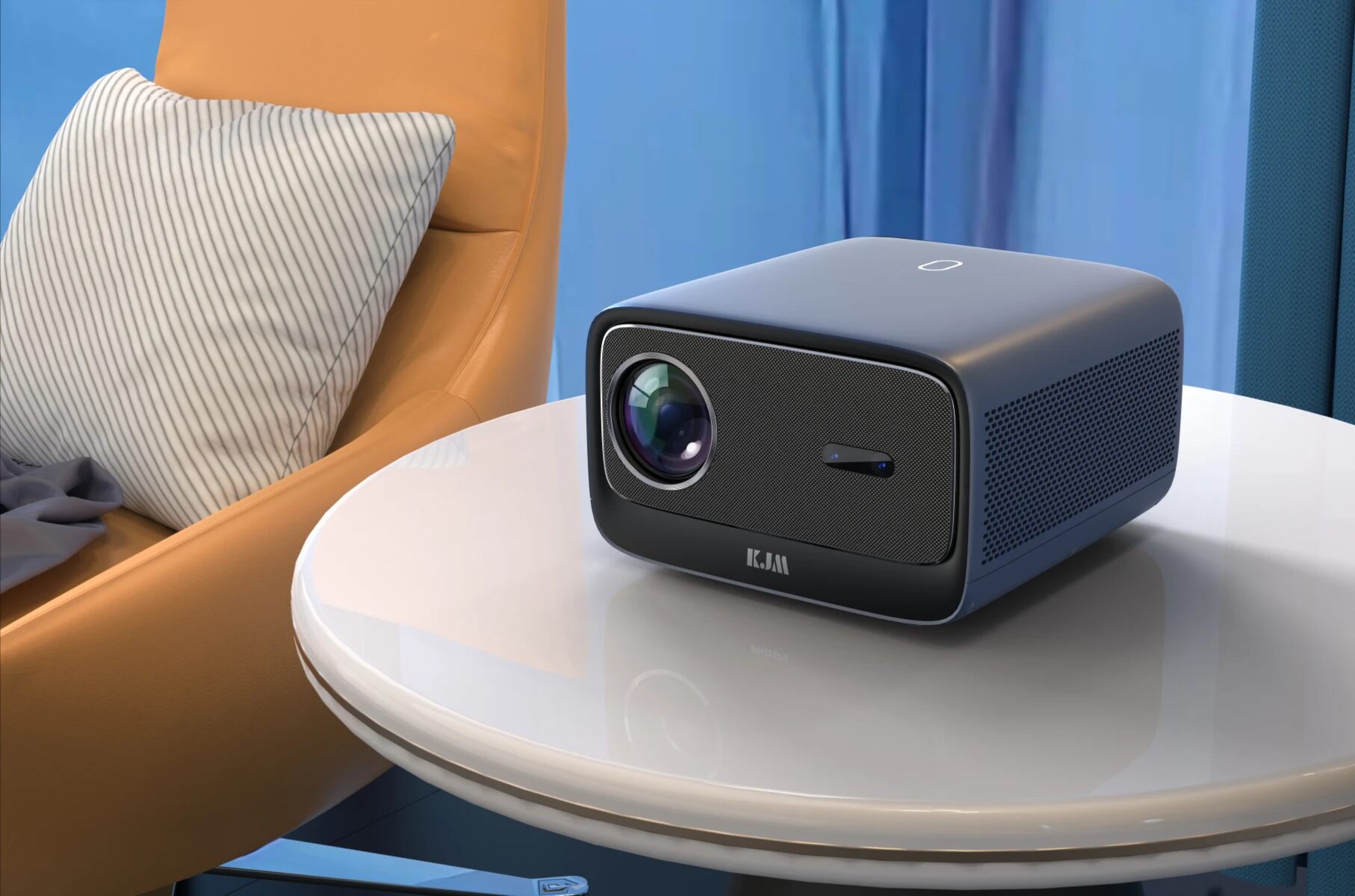
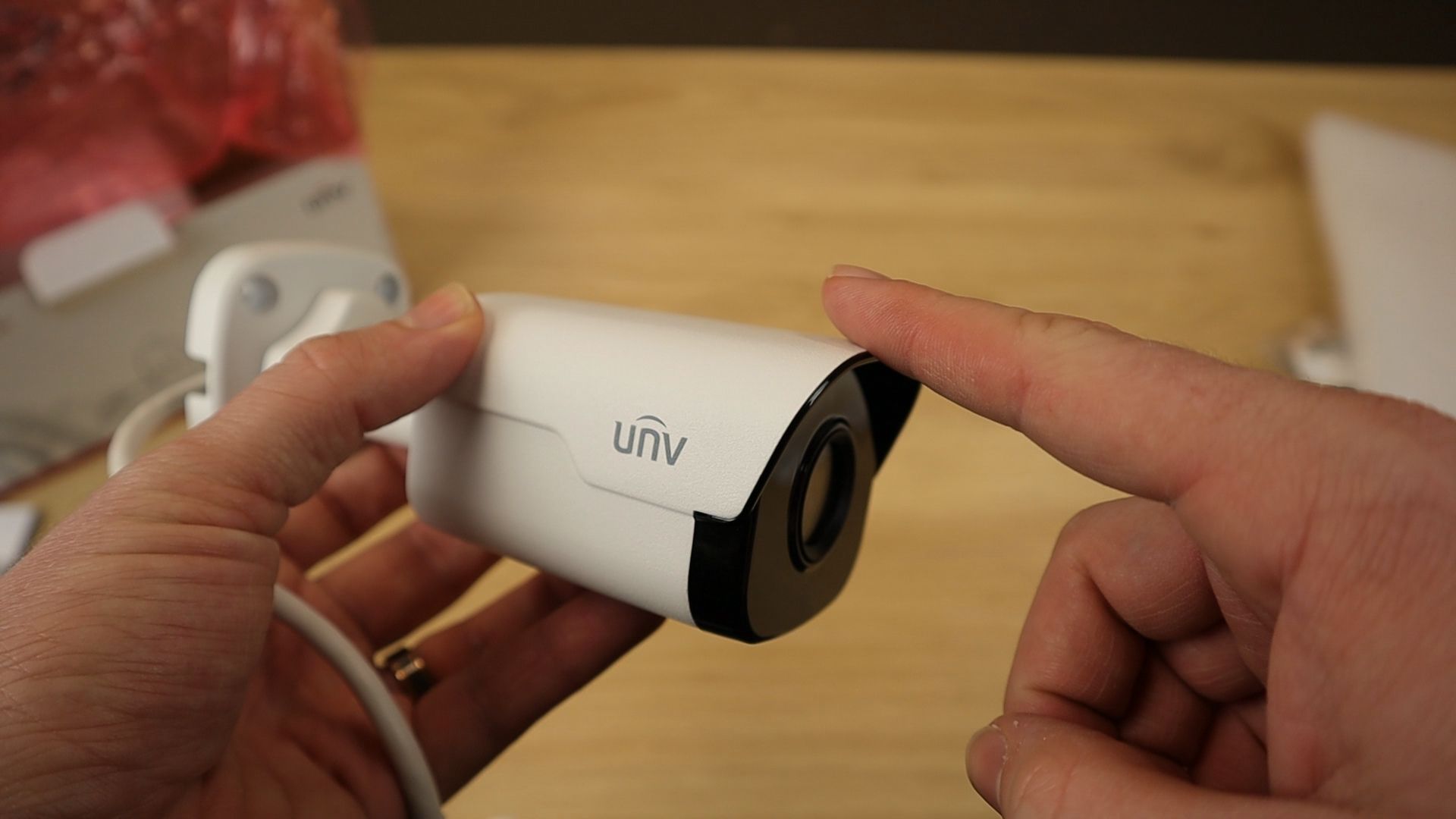

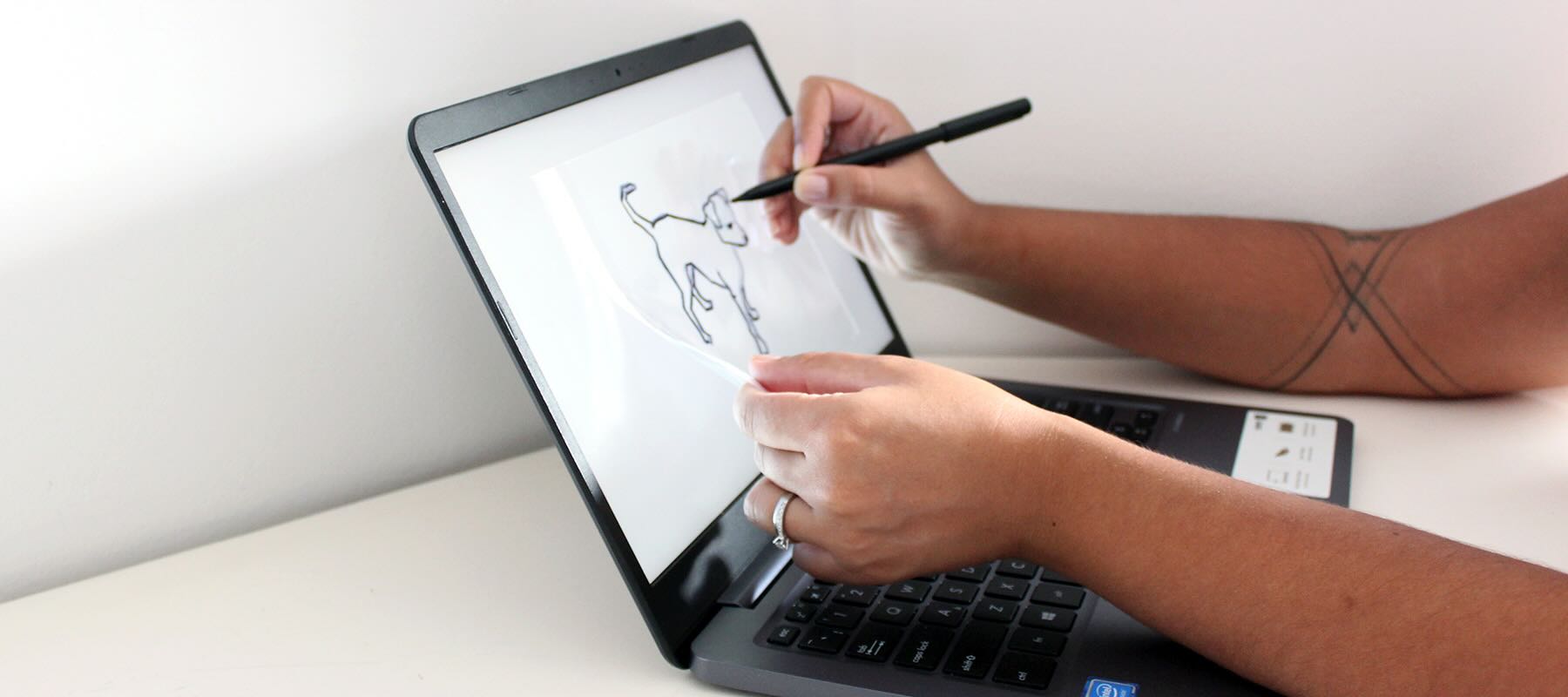
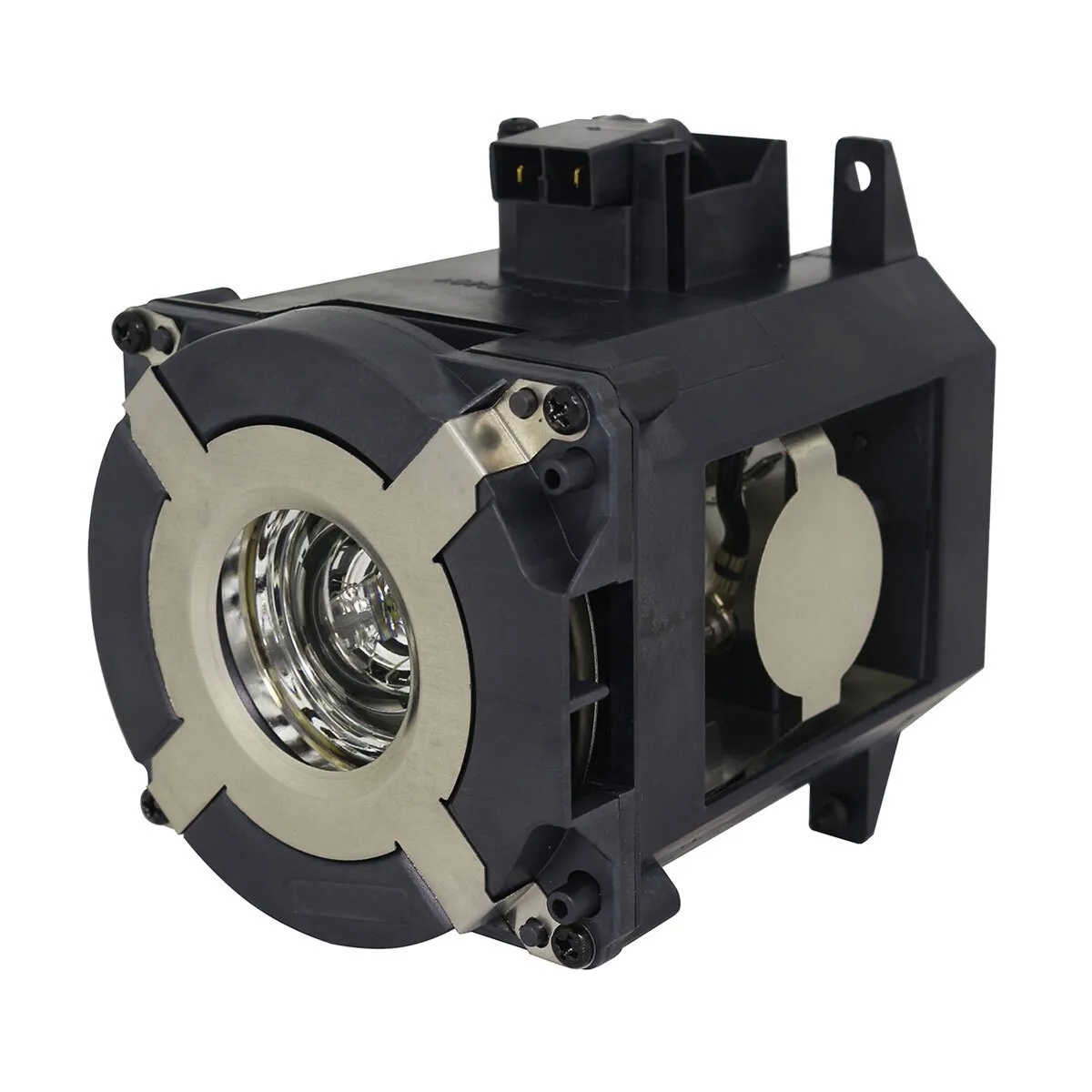

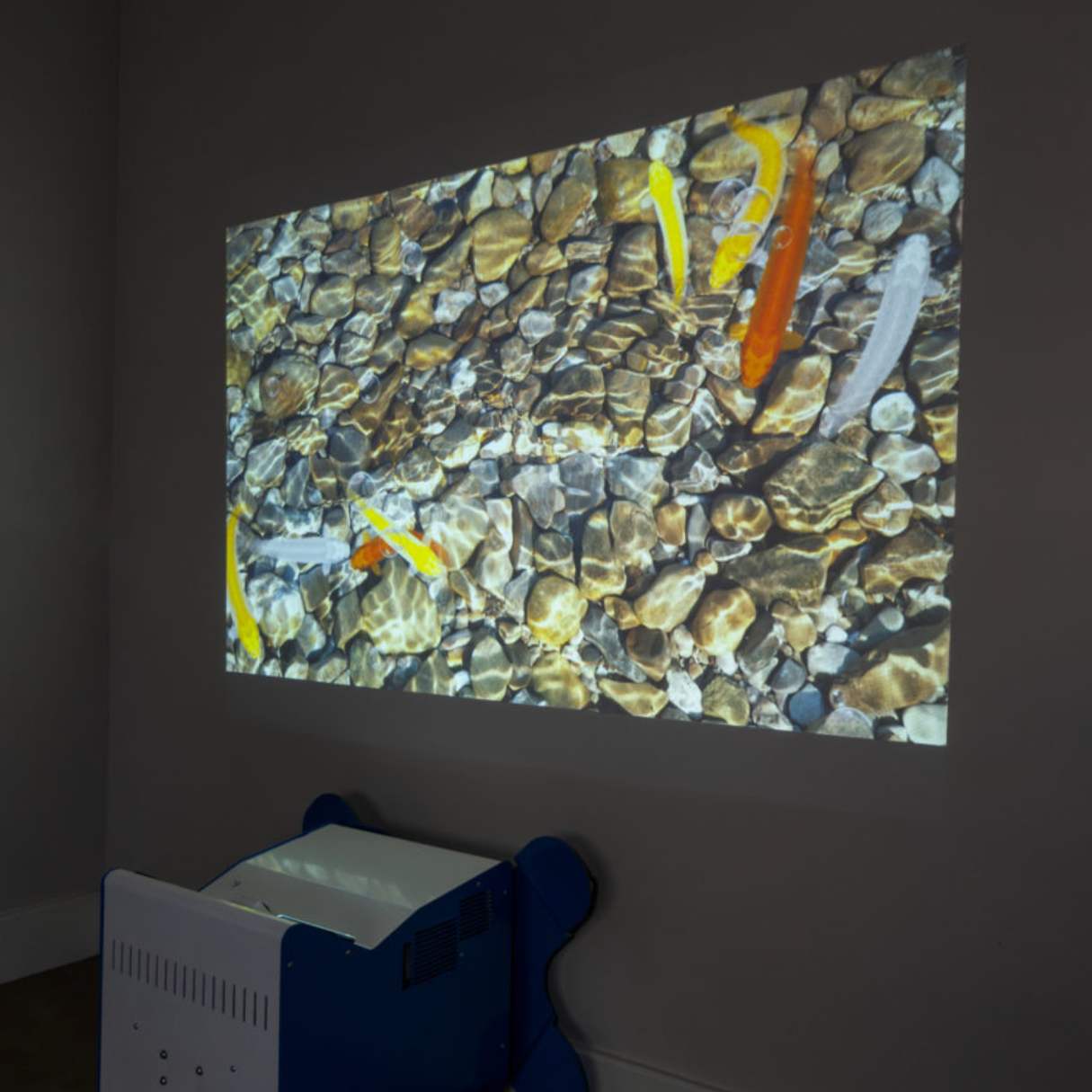
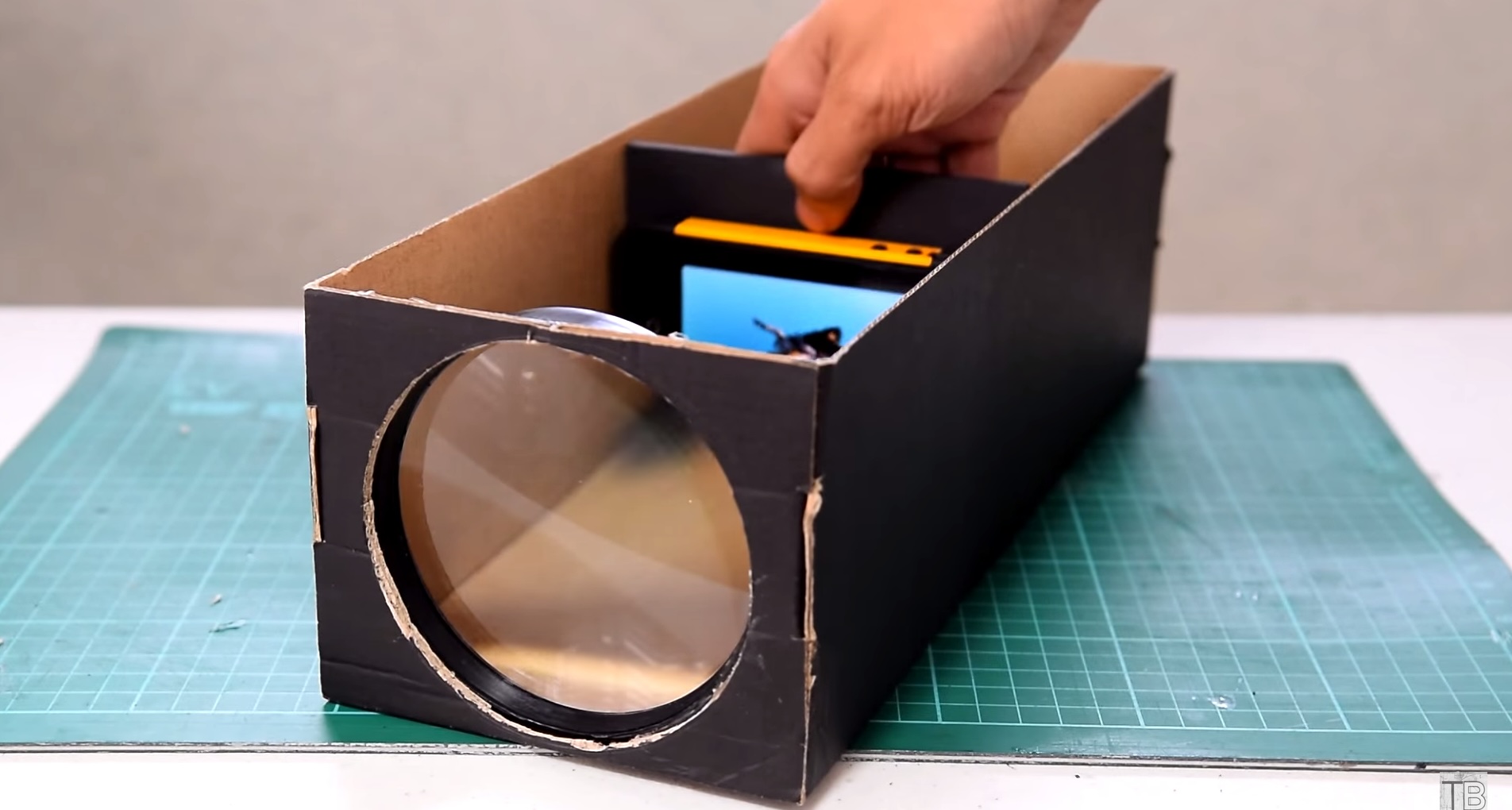


0 thoughts on “How To View Slides Without A Projector”